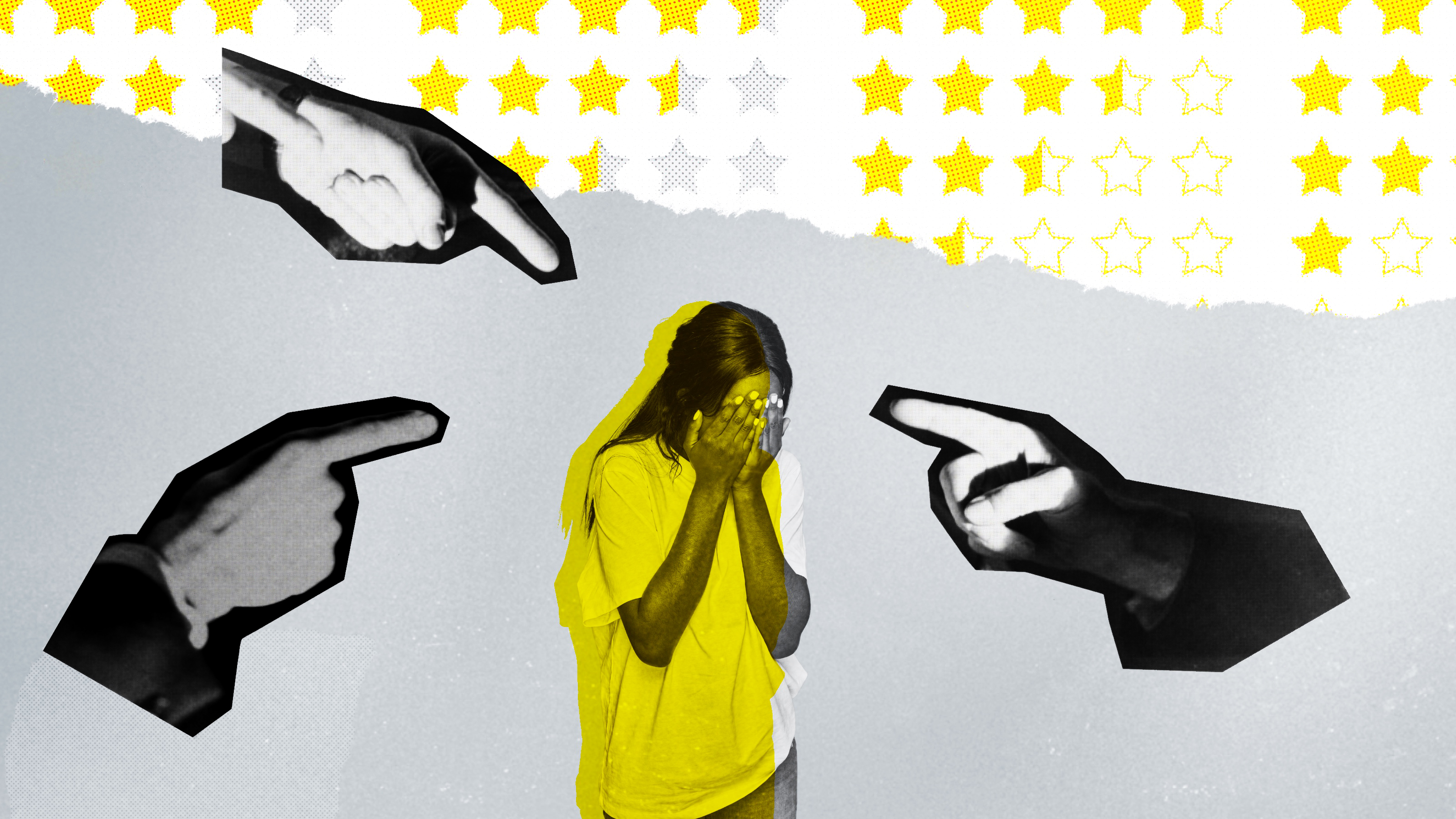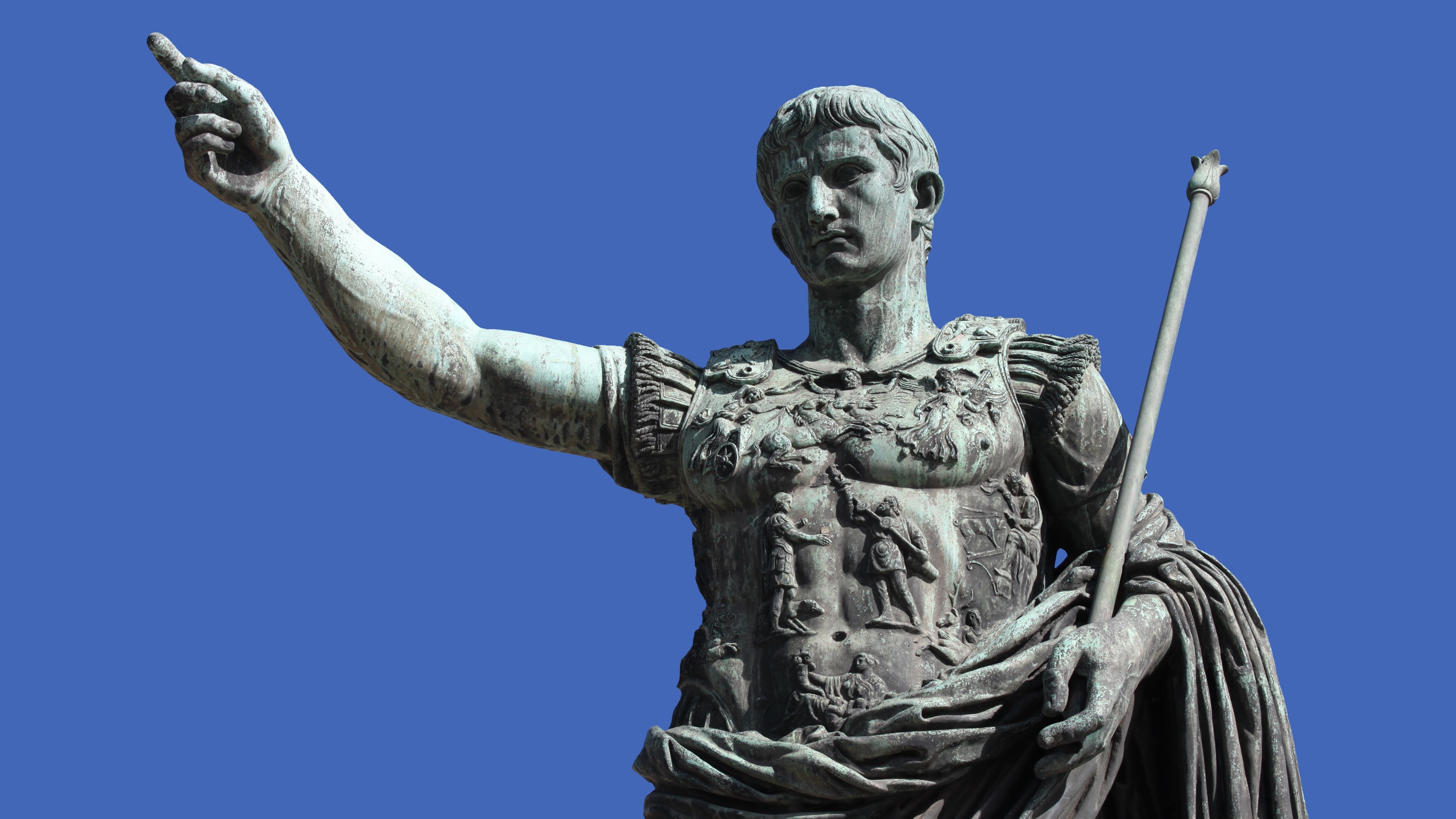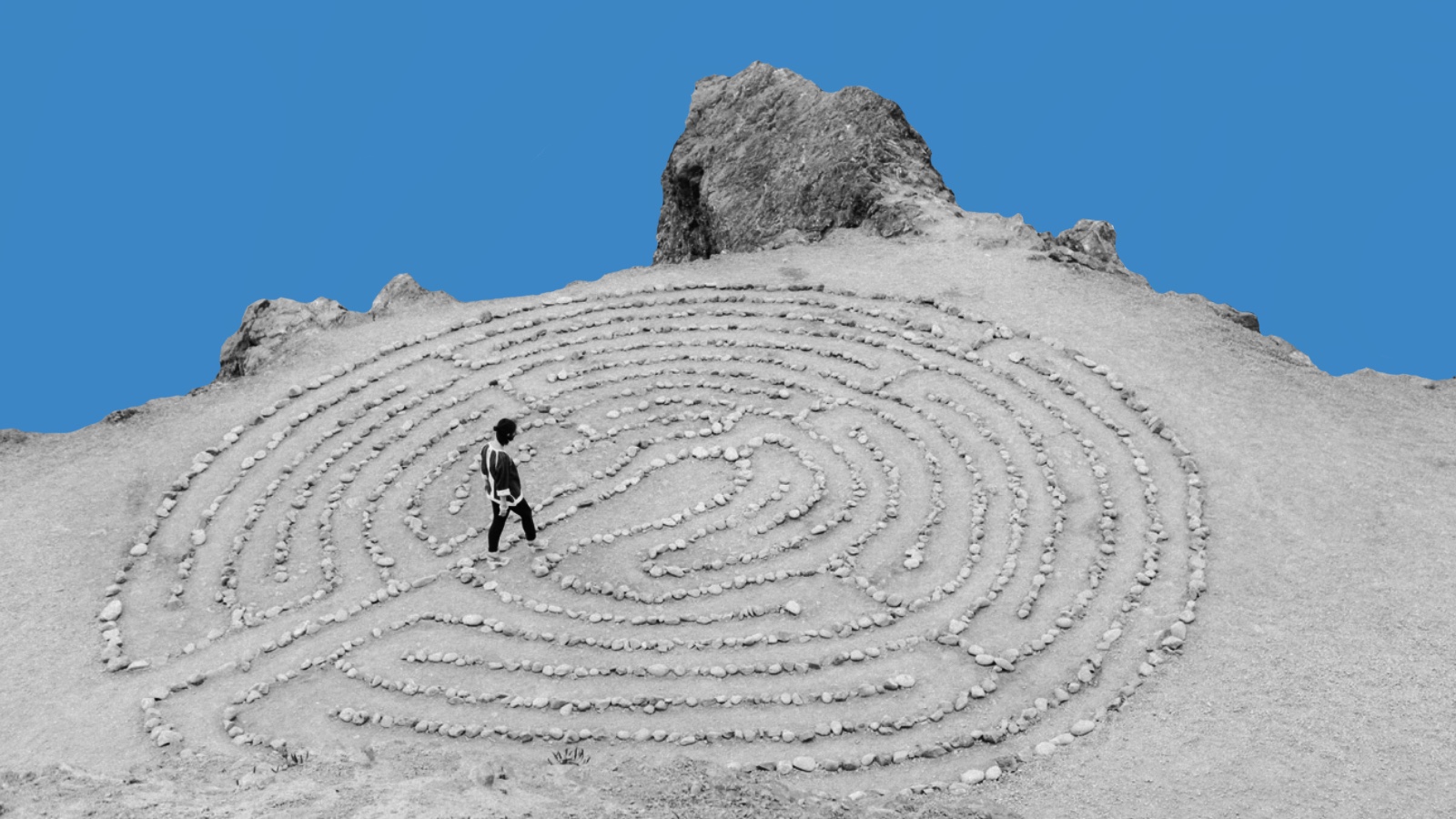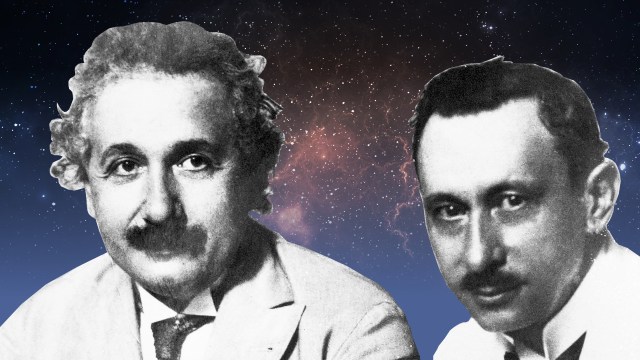The WISER model: How not to be at the mercy of your emotions

- Emotionally charged situations can arise in us without warning.
- Our coping strategies are often reflexive but ill-advised for the situation at hand.
- The WISER model asks us to slow down and watch, interpret, select, engage, and reflect on more appropriate responses.
When was the last time you experienced a powerful emotional reaction, and how well did you handle it?
My latest emotional challenge came this morning when I discovered my son wasn’t cleaning off his breakfast dishes properly before putting them in the dishwasher. I handled it about as well as I do most early-morning unpleasantness — that is to say poorly. I sternly lectured him on the importance of keeping a clean house and doing his share to help the family. He naturally received my tone as a challenge rather than the sage words of a wise-thanks-to-his-years father. When the ensuing dust-up settled, we both had an awful time rushing through the rest of our morning routines.
Of course, life teems with such impassioned moments. Someone cuts you off in traffic, and you lay into the horn to express your contempt. You grow bored at work and spend the afternoon fruitlessly trying to be productive between covert YouTube binges. Your partner dismisses your recommendation out of hand, and you spend the afternoon stewing in your agitation.
In each case — the hypothetical and painfully real — the swelling emotion serves as a mental warning that a certain situation or stimulus demands action. Unfortunately, those very emotions don’t inform us as to the best course of action. Worse still, our coping strategies are often reflexive, kicking in with little to no forethought. Psychologists refer to this knee-jerk response as “action tendency,” and it’s not always a bad thing. The urge to escape from a fearful situation can keep us safe. The desire to express gratitude when feeling close to loved ones can strengthen our bonds.
However, action tendency can also lead us to adopt coping strategies that don’t serve us well. For example, some people may ignore painful emotions in the hope they self-correct. Others discharge them as a burst of aggressive activity. Neither strategy, research shows, is good for our well-being or relationships.
Before that happens, we need a technique to help us slow down our reactions, be mindful of our emotions, and devise a strategy best suited for the situation. Thankfully, Robert Waldinger and Marc Schulz, the current director and associate director of the Harvard Study of Adult Development, respectively, have done just that. They call it the WISER model.
Research gives a wise man counsel
The Harvard Study of Adult Development is a longitudinal study that began in 1938 and has followed the same people for more than eight decades. Participants are evaluated every few years through questionnaires and interviews, and their physicians are also surveyed to determine health progress. A second-generation study, looking at the children of the original participants, is also underway.
Thanks to this dedication, the Harvard Study has collected a wealth of data on how different people have approached their lives and relationships, as well as how those approaches have served them throughout their lives.
Drawing on that data, Waldinger and Schulz have reached two important conclusions regarding coping strategies. First, emotional avoidance is not only bad for us in the short term but also in the long term. Among participants, either ignoring emotions or relying on poor regulation techniques in middle age was associated with negative consequences in retirement years. Such correlations included poorer memories and less life satisfaction.
Our emotions need not be our masters; what we think, and how we approach each event in our lives, matters.
– Robert Waldinger & Marc Schulz
Second, it can be incredibly difficult for people to change their automatic emotional responses, and it isn’t a question of willpower or intelligence. Oftentimes, participants developed their behavioral patterns early in life — often from lessons imparted by their families and cultures. Some actual rocket scientists, Waldinger and Schulz point out, never even managed to recognize their coping strategies. And without that recognition, regulation proved impossible.
“When we are in the throes of emotional events, positive or negative, minor or major, our reactions often unfold so fast that we experience our emotions as if they are happening to us, and we are at their mercy,” they write in their book, The Good Life. “But in truth, our emotions are much more affected by our thinking than we realize.”
Here’s where the WISER model comes in. Using the lessons of the Harvard Study — alongside the research of Richard Lazarus, Susan Folkman, Nicki Crick, and Kenneth Dodge — Waldinger and Schulz devised the model to help us slow down the emotional sequence at each stage, from stressor to evoked feeling to a reaction, and place the unique choices each brings “under the microscope.”
The WISER model in action
WISER is an acronym representing each stage in the sequence: watch, interpret, select, engage, and reflect. When engaging in the model, the aim is to not only develop self-awareness of our emotions. It’s also to recognize that we have flexibility in how we handle the situation or stimulus to which our emotions are responding (or the emotions themselves). And with that flexible mindset, we can develop a variety of tools and strategies to choose the right one for the right moment.
Here’s how each stage works:
Watch
When you encounter a powerful emotion, your action tendency will arise, and you’ll feel the urge to respond immediately. However, these urges are often built on pattern recognition and general impressions. They rarely come from a full, clear-eyed understanding of the situation or stimulus.
As such, Waldinger and Schulz recommend taking time to round out your impressions through thoughtful observation. In some cases, this period may only last a moment or two; in others, it may require that you set aside an hour or evening. During that time, try to bring your curiosity to the entire situation. What was the environment? Was the situation unusual? Who were you interacting with, and what do you know about this person? What may you have missed that may prove important?
“Thoughtful observation can round out our initial impressions, expand our view of a situation, and press the pause button to prevent a potentially harmful reflexive response,” Waldinger and Schulz write.
Let’s use my early-morning kerfuffle with my son as an example. Had I engaged in the WISER model, I would have started by taking note of the dirty dishes but not instantly responding. I would have sat down and thought about the situation with a cup of coffee. I would have considered the environment (early morning), my emotional response (a mix of irritation and disappointment), and my son’s actions (not cleaning the dishes properly, but also not leaving them lying around).
Interpret
Next, consider what your observations mean. Sometimes our emotional reactions make small problems seem huge, and huge problems seem small. We can also assume that we understand the entirety of a situation when, in fact, we are working with the precious few details that our brains were able to consciously snag in the heat of the moment. This assumption can be especially precarious when we’re trying to understand the workings of another person’s mind.
Simply asking, “What are my assumptions?” can reveal that many of your supposed facts were, in fact, hasty conclusions that spurred your emotions to staggering — but completely unnecessary — highs.
“Many situations are ambiguous and unclear, and it is on this canvas of ambiguity that we can project all sorts of ideas. If we’ve only done a quick-and-dirty job of observing in the watch stage, we probably don’t have all the information we could have about what’s really going on, which leads to hasty conclusions.” Waldinger and Schulz write.
Returning to my example, I may have reinterpreted several elements of the emotional situation had I taken the time:
- First, the early-morning environment meant that no one was at their best — ours is not a nest of morning larks.
- Second, my son not properly cleaning the dishes wasn’t necessarily a sign of laziness. Maybe his mind was on another of his morning responsibilities or an upcoming school project. Alternatively, he might have assumed that our dishwasher sported a detergent as powerful as the ones shown in commercials. As an adult, I know no detergent can live up to such heavenly promises, but those years of disappointing purchases still remain ahead of him.
- Finally, my own emotions were a roiled mixture of irritation (it’s such a simple task), disappointment (have I not taught him correctly), and the over-inflated fear so common to parents (if he can’t manage this, then life will steamroll him). None of which was rational or accurate.
Select
The Select stage is where you choose a course of action from the available options. Critically, the choice should be made deliberately rather than reflexively. You need to consider what your desired outcome is, the best way to reach that outcome, if you have strengths that can help, and any weaknesses you should be careful to avoid.
“The key is to try to slow things down where you can, zoom in, and move from a fully automatic response to a more considered and purposeful response that aligns with who you are and what you are seeking to accomplish,” Waldinger and Schulz write.
I might have decided not to deal with the situation that morning, but focused on preparing for the day ahead. I could have then spent more time in the Watch and Interpret stages to ensure I had as much information as I needed to act properly and, more importantly, come to the issue not as a problem but as a learning experience. The WISER model is fluid like that.
There are two pillars of happiness revealed by the [Harvard Study] … One is love. The other is finding a way of coping with life that does not push love away.
– George Vaillant
Engage
Once you’ve selected a strategy, you need to engage, and at this stage, the options can be unique to the circumstances. Looking back, I probably should have waited until after school and work to bring the dishes situation to my son’s attention. I could have explained to him why we needed to clean the dishes better, and we could have worked together to scrub them properly. That lesson — that experience is a far better teacher for my child than lectures — is one I seem cursed to repeat.
Would he have hated having to do morning dishes after school? Absolutely. He may even complain about it. But by waiting until neither of us felt a time crunch, I could have alleviated the stress and pressure. I could also use the extra time to play toward my strength of playfulness — rather than trying to be authoritarian for the sake of overcoming a problem quickly. All options that improve my chances of succeeding at my desired outcome: properly cleaned dishes and a stronger relationship with my son.
“Chances of success also increase if we first reflect on what we do well and what we don’t do so well. Some of us are funny, and we know that people respond well to our sense of humor. Some of us are more soft-spoken, and we know that quiet discussion in private settings is more comfortable for us,” Waldinger and Schulz write.
Reflect
Finally, reflect on how it went. Sometimes it can help to run through the situation with a trusted confidant. Other times, you may want to use distanced self-reflection to assess the situation like an outside observer. And if you write a column on a reputable science website where you can get paid to work through your own less-than-WISER moments, why not try that?
Questions to reflect on include: How did it go? Did my solution make things better or worse? What have I learned about my coping strategy? Did this new strategy work better? What have I learned that I can implement in the future?
“When it’s all over, the consideration of what happened, and why, helps us to see things we may have missed, and helps us understand the causes and effects of these emotional cascades that may have escaped our notice. If we’re going to learn from our experience and do better next time, we have to do more than just live through it,” Waldinger and Schulz write.

A word to the WISER
Waldinger and Schulz recognize there are times when the WISER model may be difficult to use or not as effective. For example, sometimes emotionally-charged situations come at us fast, and we don’t have the luxury to walk away and interpret our thoughts. Similarly, sometimes chronic emotional and relational problems may be too large for the WISER model in isolation.
But by engaging with these stages when appropriate — even if that’s only 10% of the emotional challenges we face — we can learn and practice new coping strategies. And the more we practice those new strategies, the more natural they begin to feel, allowing us to bring them into novel situations later on.
The WISER model also helps us develop self-awareness regarding our emotional states. It helps us understand why we feel like we do, how our reactions might be helping or hurting us, and how those emotions are shaping our worldview. That shift in perspective is important. As Waldinger noted in an interview: “All relationships have the potential to contribute to our health and happiness.” That includes the relationship you have with yourself. Being WISER about your emotions can make that relationship a little healthier and happier.
Learn more on Big Think+
With a diverse library of lessons from the world’s biggest thinkers, Big Think+ helps businesses get smarter, faster. To access Big Think+ for your organization, request a demo.





